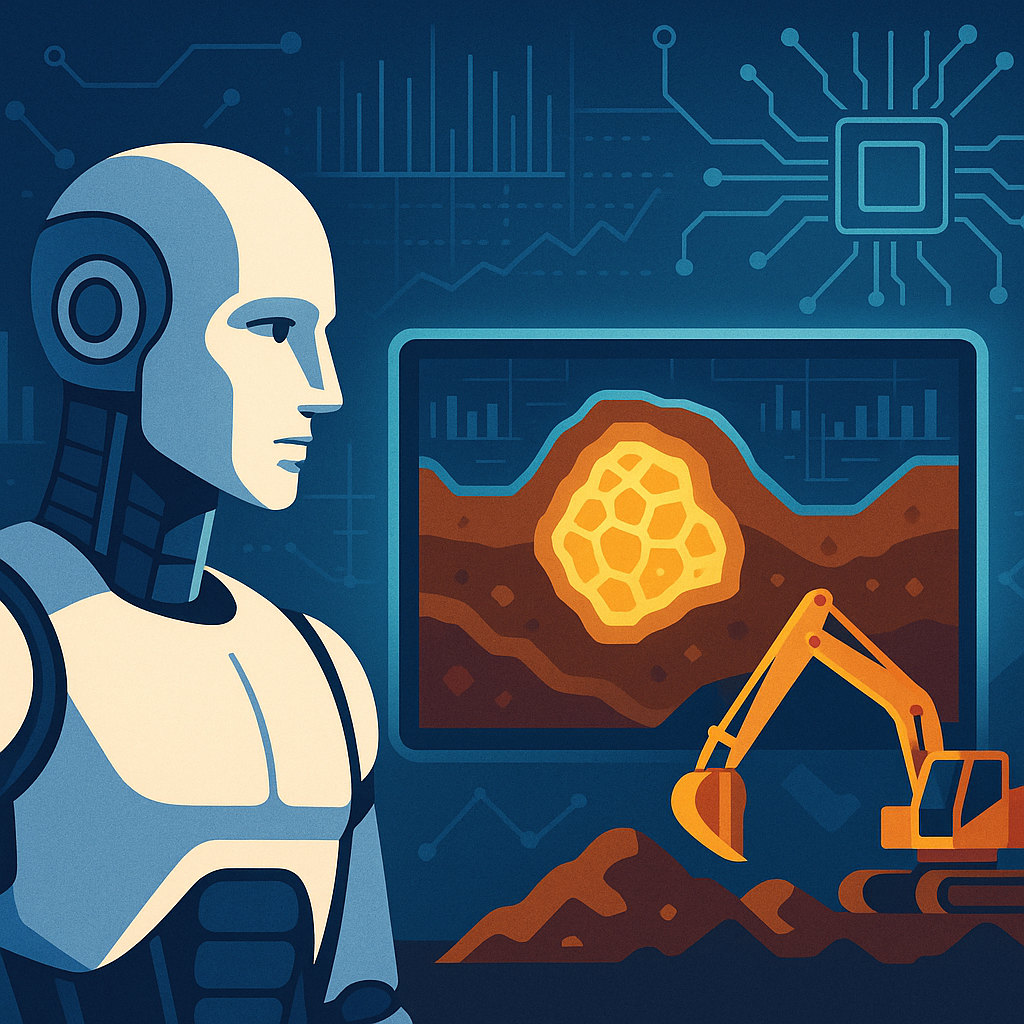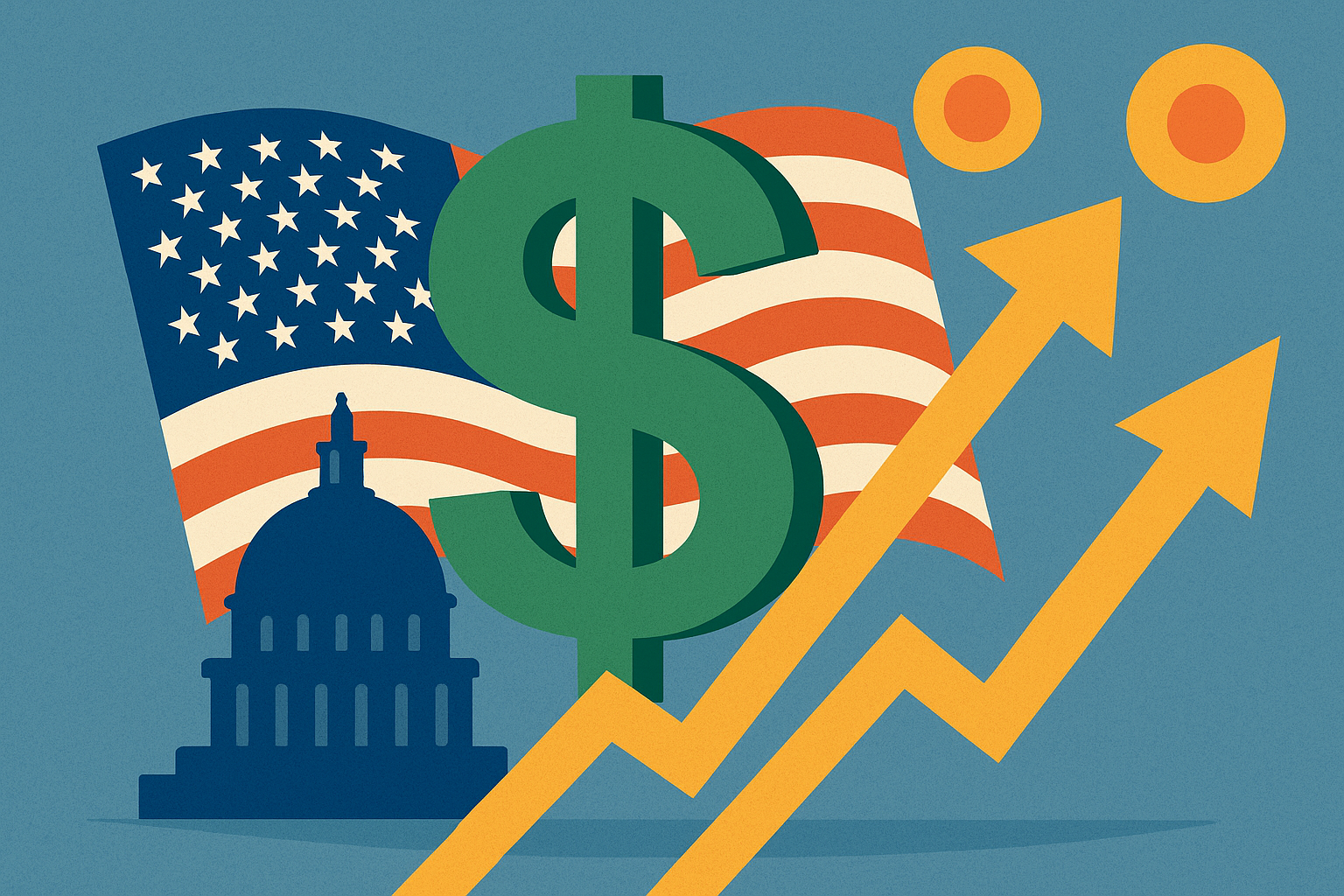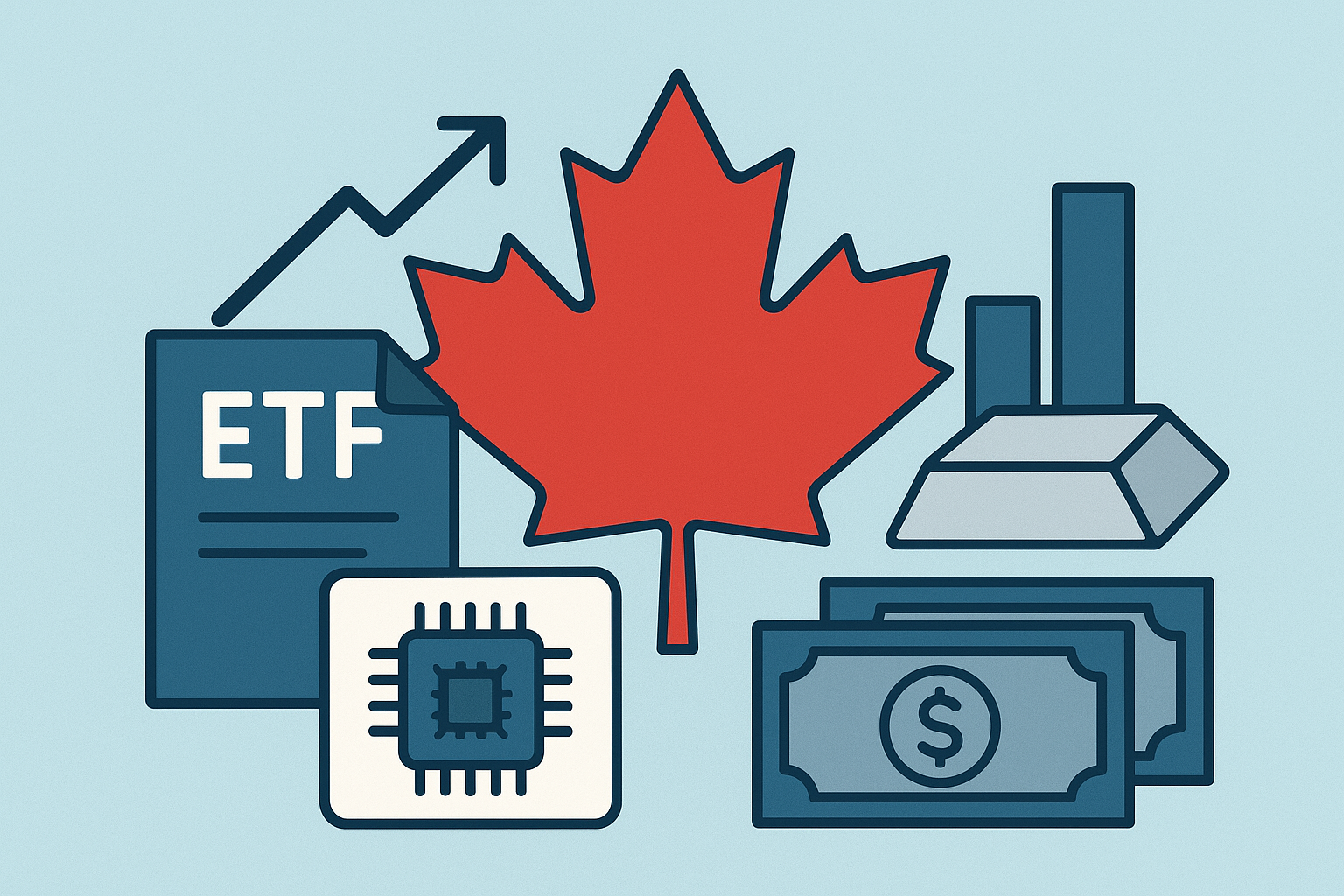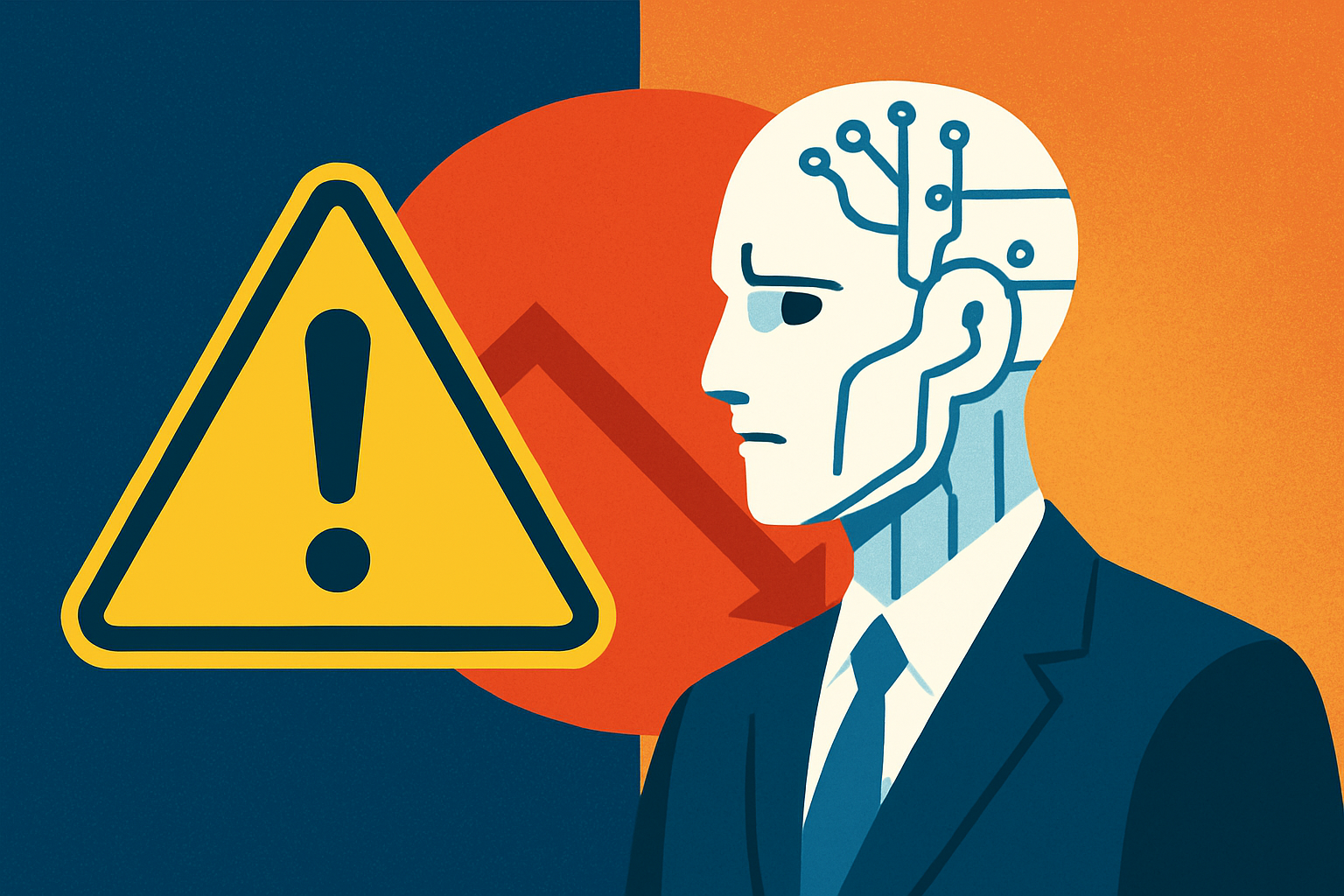America’s Next Mining Boom Might Be Algorithmic
As geopolitical tensions rise and supply chain vulnerabilities deepen, a new frontier is quietly gaining traction in U.S. energy and defense strategy: AI-powered mineral exploration. In a move that could redefine the future of resource security, startups like Earth AI and Terra AI are leveraging machine learning to locate rich underground deposits of critical minerals such as lithium, cobalt, and rare earth elements — materials essential for electric vehicles (EVs), semiconductors, and clean energy infrastructure.
With China currently dominating over 60% of the global supply chain for rare earths and refining, U.S. policymakers and investors are zeroing in on homegrown technological alternatives to lessen foreign reliance. The intersection of artificial intelligence and resource exploration is now one of the most promising — and overlooked — trends in emerging tech and commodities.
Why This Matters for Investors
The Inflation Reduction Act and recent Department of Energy reports have made it abundantly clear: securing domestic mineral supplies is not just a climate policy, it’s a national security imperative. Yet, despite ambitious targets, permitting bottlenecks and exploration inefficiencies have slowed progress.
That’s where AI comes in.
Instead of relying on costly and time-intensive field work, AI models trained on geological, satellite, and historical drilling data can predict high-potential discovery zones with unprecedented accuracy. Earth AI, for instance, claims its proprietary algorithms can reduce exploration costs by up to 80% and cut timelines in half — a compelling value proposition amid volatile commodity prices.
Meanwhile, companies like KoBold Metals, backed by Bill Gates’ Breakthrough Energy Ventures, are integrating AI with geochemical modeling to fast-track nickel and cobalt discoveries. The fusion of AI with traditional geology is fast becoming an emerging sub-sector — what some analysts are now calling “GeoTech.”
“This isn’t just a tech story — it’s an industrial policy story,” said mining economist John Mettler of CRU Group. “AI is giving us the leverage to compete against China’s mineral grip without taking 10 years to do it.”
Data-Driven Discoveries: Market Potential
According to McKinsey & Company, global demand for critical minerals could surge by 500% by 2040, driven by EVs, energy storage, and electrification. At the same time, the International Energy Agency (IEA) notes that discovery rates for new deposits have declined steadily over the past two decades.
The AI angle presents a fix. In 2024 alone, private equity investments into AI-mineral startups topped $1.2 billion, according to PitchBook, with most of the funds flowing to North American-based ventures. This marks a fivefold increase from 2020.
Public companies with exposure to AI-assisted exploration or partnerships include:
- Rio Tinto – working with SensOre, an AI minerals analytics firm.
- BHP – funding digital modeling trials for copper and nickel fields.
- Ivanhoe Electric (IE) – led by Robert Friedland, integrating AI into exploration in the U.S. Southwest.
The AI approach also appeals to ESG-conscious investors. “Fewer drilling holes and higher efficiency align with our sustainability mandates,” said Laura Kim, portfolio manager at Allianz Global Investors.
Future Trends to Watch
1. Public-Private Partnerships: Expect increased federal funding and tax incentives for AI-driven exploration platforms, especially through the Department of Energy’s Critical Materials Innovation Hub.
2. ESG & Sustainability Alignment: Cleaner exploration with fewer emissions and environmental disruptions may attract more institutional capital.
3. M&A Activity: Major miners, under pressure to secure future supply, may look to acquire AI-first mineral startups as part of broader tech integration.
4. AI Regulation Risk: As with other AI applications, growing scrutiny over data accuracy, transparency, and AI hallucination could invite regulatory headwinds.
Key Investment Insight
Investors should track both junior mining firms integrating AI tools and AI startups serving the mining sector. ETFs focusing on critical minerals (e.g., LIT, REMX) and AI-commodity convergence plays could benefit from this dual trend. However, data quality, geological complexity, and local permitting laws remain critical execution risks — especially in the U.S., where mining project approval can take a decade.
The bottom line: AI may not replace boots on the ground, but it’s quickly becoming the compass pointing explorers to where the next great mineral finds lie.
For daily updates on where tech meets minerals and money, stay tuned to MoneyNews.Today — your trusted source for smart investor intelligence.





